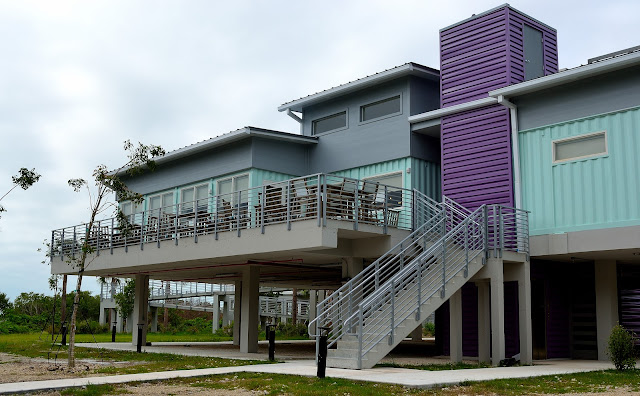"It is insane that two men, sitting on the opposite sides of the world, should be able to decide to bring an end to civilization."
-John F. Kennedy, 27 October 1962
At the height of the Cold War, a United States spy plane photographed a Soviet missile site in Cuba on 14 October 1962. President John F Kennedy was informed of these missiles, which had the capability of delivering nuclear warheads to major US cities possibly killing millions. At the time United States was poised only to defend an attack over the North Pole by the Soviet Union. The Cuban Missile Crisis revealed south Florida as an "Achilles heel".
In response the US Army Corps of Engineers chose to build an anti-missile site called HM-69 within Everglades National Park 160 miles from the Cuban coast. The area contained 22 buildings including 3 missile barns, a missile assembly building, a guard dog kennel, and barracks. The command centre was one mile away from this site.
The US Army's 2nd Missile Battalion, 52nd Air defense Artillery had the daunting task of maintaining the 41 foot Nike Hercules missiles in constant readiness. Some missiles were equipped with nuclear warheads ranging up to 40 kilotons which was 3X the power of the Hiroshima bomb.
.webp) |
| Photo courtesy of NPS |
Today the site remains virtually the same as when it was decommissioned in 1979. Barn C is now a museum with an original Nike Hercules Missile and tons of information on the missiles and the Cuban Missile Crisis.
 |
| Part of the Remaining Dog Kennels |
A very special thanks to my friend Rick M in Florida who was stationed at HM-69 during these days of uncertainty. Thank you for your service.


















